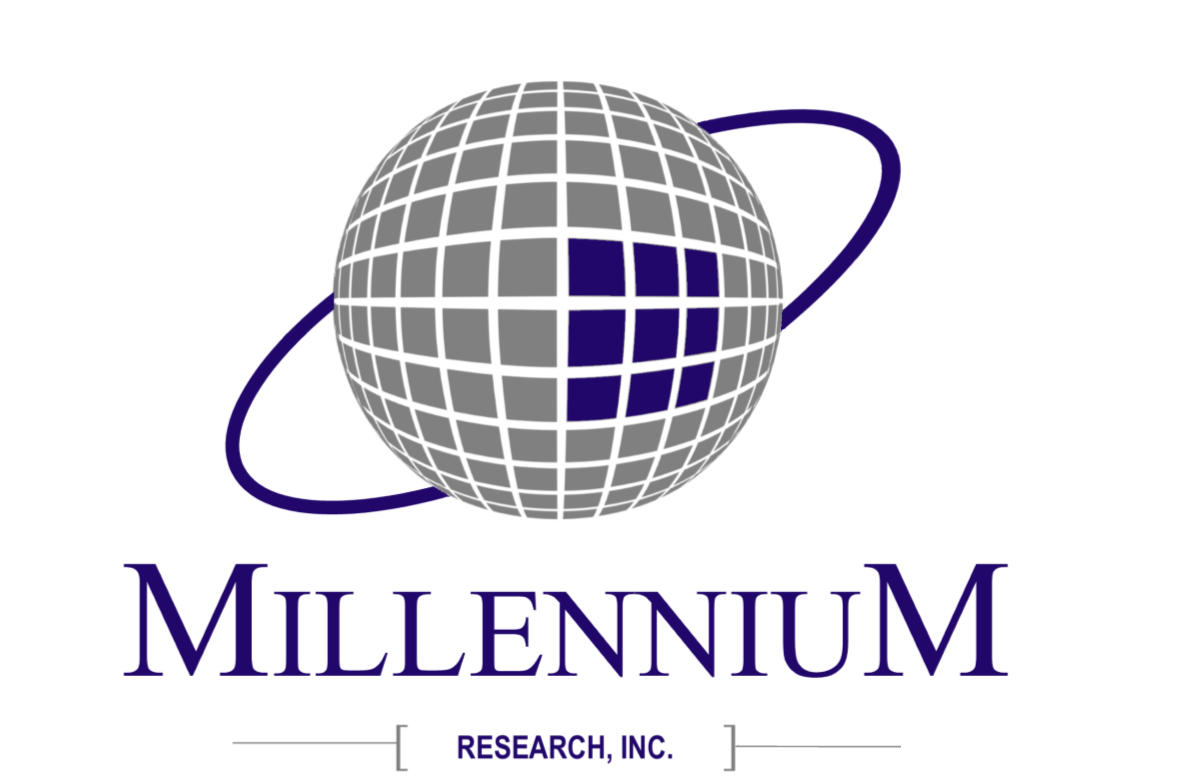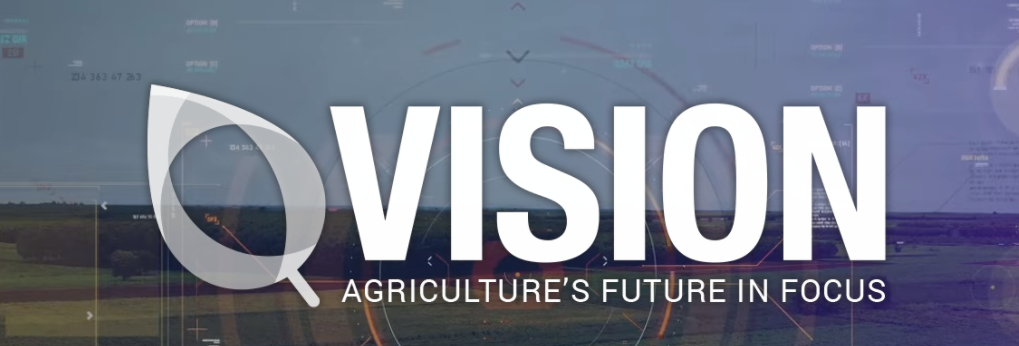Last month, I attended the PrecisionAg VISION Conference in Glendale, Arizona. The four pillars of The VISION Conference are regenerative agriculture, automation, conductivity, and transparency. There was a lot of conversation around carbon credits and the role ag will play in climate recovery. A quick poll showed that 61% of attendees think carbon credits will be practical in 4 to 9 years, while 24% think it will take 10-15 years. Regardless of where you fall on the carbon-credit spectrum, however, there is no denying that farmers have a significant role to play in the future of food and the future of the planet.
Farmers and Climate Change
One in four farmers are actively reducing their carbon footprint. But voluntary conservation efforts require providing famers with financial incentives, technical assistance, and peer-learning opportunities.
Field to Market, one of the leaders in the sustainability space, has 72 active projects in 35 states. It has research that shows $40 per acre is the tipping point for half of farmers to adopt cover crops. People who are currently using cover crops are receiving other benefits because the money isn’t there. Farmers can only bear so much cost themselves.
Farmers I’ve talked with want to enhance the value of their soil, reduce erosion, increase organic matter, and be good stewards for the generations that come after them.
“Start with the money,” says Ben Gordon, whose North Dakota relatives have been no-tilling for years and are wondering why they are not eligible for Corteva’s Carbon Initiative.
EarthOptics is working to map carbon content for accurate measurement. It’s difficult and expensive to do right now and even though companies are working to reduce the cost and increase the accuracy, there is another way, says Lars Dyrud of EarthOptics. “We know how much carbon an acre of corn sequesters. People buy labels all the time, like GMO-free water. Why can’t we charge consumers a premium for corn flakes that took x amount of carbon out of the air? This is an ongoing stream of revenue, and it can be paid to all farmers that participate,” he said. “This is a faster, easier way to get farmers in the revenue stream.”
“Prices for carbon offsets have doubled since March [20]21, and there are 65 million tons of carbon in the atmosphere that we want to move to the soil. Maybe we shouldn’t care how farmers get it there.” Dyrud continued.
Leaders of agricultural machinery companies admitted in a panel that supply chain issues will plague the machinery industry for years, and they are actively seeking and building alternative sources to be more robust in the future. John Deere recently introduced its first completely automated tractor, but this is not the end says Deanna Kovar, Vice President, Production and Precision Ag Production Systems at John Deere. “We are at the top of the third inning, not the end of the game, as far as automation in agriculture.”
All agree that automation is the answer to labor shortages, but it must be developed and tested on real farms and incorporate farmer feedback to be successful commercially. Many attendees are working on automated products and say that farmers are very receptive to purchasing them, even at extremely high price tags.
ROI vs Yield Goals

Farmers are changing from yield goals to ROI, explained Teddy Bekele of Land O’Lakes. Land O’Lakes is one of the few companies that is a supplier to farmers and a buyer of farm goods for processing and selling to major multinational food companies.
Bekele believes there is an opportunity for ag to offset other industries’ carbon footprints. Ag is responsible for only 10% of greenhouse gas emissions in the U.S. “We believe farmers have the greatest potential to protect and restore the environment.”
Data is key to everything in modern and transformative agriculture, he noted. “Only when we measure can we understand how practices can change the carbonization of soil.” He noted that they work with many other food companies to supply ingredients. While Land O’Lakes makes its own butter, there are two pounds of nonfat dry milk produced for every pound of butter produced by Land O’Lakes.
Fun fact: The coating on Cheetos is nonfat dry milk combined with cheese flavors.
Technology and data are not the sole answer to farmers’ challenges, he continued in the second-day keynote, sponsored by EFC Systems. People are the most important piece of the digital transformation. Demand for food will increase by 90% in 2050. But here we are in 2022 and there’s plenty of food, because ag has increased productivity faster than population.
Dr. Aron Cory, IDC, shared that cities are like ag because they don’t care about technology for technology’s sake. It is the outcome we are after. Lockdowns increased the number of fruits and vegetables eaten by consumers, but it also increased the number of cookies that were baked.
He points out some ways that incremental change can increase the availability and quality of food.
- Teens for Food Justice uses hydroponics in schools to grow fresh food.
- A town solving their weed-control problem with grazing goats turned into a tourist attraction.
- New York City introduced Green Carts and increased the consumption of fruits and vegetables by 71%.
- Online grocery shopping increased healthy eating in a study of 34,000 people.
Bridging the Gap Between Farmers and Consumers

Farmers tend to deal in facts, which don’t matter when trying to build consumer trust. Shared values are 3x-5x more important than facts. Farmers of the future will be influenced by consumer demands more than ever before. Successful farmers will embrace the power of these top drivers of consumer food choices: taste, freshness, price, and trust.
Fifty-five percent of consumers have purchased foods for perceived health benefits. Functional foods will be the biggest trend in the next 10 years. Consumers will pay more for foods they trust, but the shift from claims to proof requires traceability and transparency. Data becomes part of the product. By 2040, 60,000 farmers will do 75% of production, down from 105,000 farmers today, said Brett Sciotto, CEO Aimpoint Research.
The Future of Food Is Consumer Driven
Sciotto believes that diet will be personalized based on genetics. Future consumers will gain status from the food they eat. “What’s your role in a reimagined food system?” he asked attendees.
There is so much opportunity to create conversations with ag producers.
The first company that is able to educate consumers about how GMO has created drought-resistant crops and the impact that has on food and water will be a big winner, says Christina Lampert from HowGood. Sustainability marketed brands get a 29.5% price premium vs conventionally marketed products.
There’s opportunity for everyone to tell their story. In ag, we haven’t done a very good job of telling our story. We have everything we need to create a story of shared values with sustainability-minded consumers. Organic production needs to become as productive as conventional production for it to be practical. But there’s so much emotion built up around food, we can’t have an intelligent exchange with consumers. Fear has taken the upper hand in food marketing.
“Can we just tell a big story to consumers about great food products? No one ever complains about a seedless watermelon,” noted David Frabotta, Meister Media Worldwide.
VISION Conference was PACKED with information, and I’ve selected meaningful highlights to include here. Other interesting wrap up reads include Cindy Zimmerman’s piece in AgWired and Meister’s write up in AgriMarketing.

